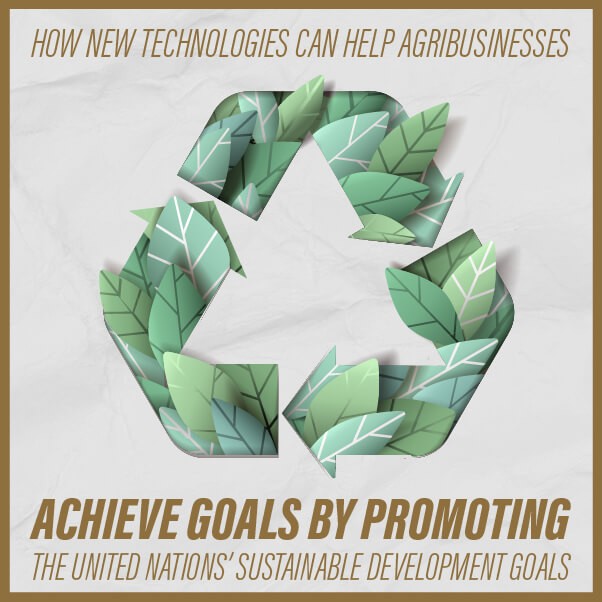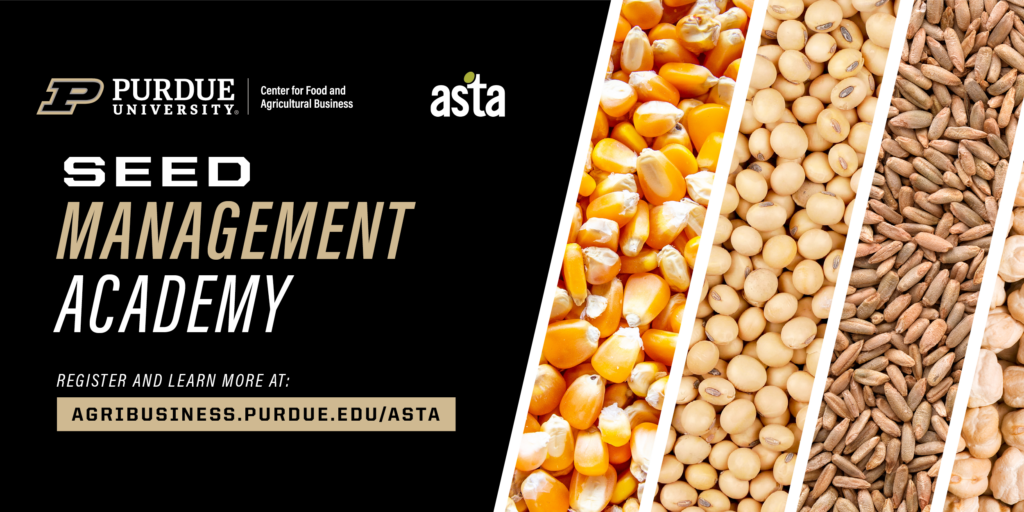Rev iewer
iewer
Mati Mohammadi, PhD Student & Graduate Research Assistant, Purdue University Department of Agricultural Economics
See more from Mati on Twitter or LinkedIn.
Article
A (new) role for business – Promoting the United Nations’ Sustainable Development Goals through the internet-of-things and blockchain technology by Charl de Villiers, Sanjaya Kuruppu, Dinithi Dissanayake
Journal
Journal of Business Research (2021), Volume 131, July 2021, Pages 598-609
Summary
In 2015, the United Nations introduced the Sustainable Development Goals (SDGs), which are expected to be achieved by 2030. These include 17 goals such as No Poverty, Gender Equality, Zero Hunger, Affordable and Clean Energy, etc. and have a 15-year lifespan to raise awareness in the world and establish resources for achievement.[1]
SDG indicators (232 SDG indicators[2]) are categorized as inputs, activities, outputs, outcomes and impacts at different levels within organizations and countries. These indicators are grouped into three tiers: tier 1 indicators have the methodology and available data, tier 2 refers to indicators with methodology, but data availability is more complicated, and tier 3 indicators have no established methodologies.
The authors state companies that implement and track SDGs can differentiate themselves from their competitors and provide a space for new and innovative business practices. Integrating business and sustainability goals can also help to achieve sustainable development and advancement.
Despite the importance of these goals, the lack of accurate measurement and the distrust of others in doing the measurement makes them difficult to achieve and track. It is also costly, especially at the country level, and just a few companies have shown interest in SDG measurement. Moreover, with the current economic paradigm, it is unclear to what extent these activities might be advantageous for businesses.
In this paper, the authors discuss how these challenges can be overcome by harnessing new technologies. To achieve business innovation in both startups and mature businesses, they propose a conceptual framework to expose and explore the different ways SDG management can be integrated with the Internet of Things (IoT) and blockchain, as indicated in Table 1. In their paper, they present examples of startups and mature companies that have successfully used new technologies in SDG management.
Table 1
Adapted from the original paper.
What this means for Food and Agricultural Business
On one hand, agriculture is related to many UN Sustainable Development Goals, although not all. On the other hand, IoT and blockchain technology are increasingly being used in agricultural applications. Below, IoT and blockchain are defined, followed by a discussion surrounding the implications of this paper’s framework for agribusiness:
- The Internet of Things is a network of internet-connected devices that collect, transmit and share data without human interaction.
- Blockchain refers to the distributed ledger technology as a new emerging technology that keeps the recorded data as blocks and enables firms to share data. The most important feature of blockchain is that it establishes trust between businesses and makes falsifying and manipulating information very difficult.
This paper highlights the capability of IoT and blockchain in measuring and tracking SDG indicators. IoT has the ability of capturing accurate data in real time, and transparency is inherent in blockchain. Agribusinesses will be able to use these features to measure performance indicators, and SDG goals can then be utilized as a tool to reward and penalize specific behaviors within a company using blockchain smart contracts. Some of these SDG measures may align with firms’ goals, such as cost reduction and corporate social responsibilities indicators (CSR).
By applying this paper’s framework (Table 1) to agribusiness, we can make specific recommendations for firms based on their engagement in the SDGs and the firm’s lifecycle. This will help all firms, either engaged or not engaged in the SDG and startups or mature businesses, to exploit new opportunities within existing markets and develop new ones.
Agricultural firms can combine IoT and blockchain to establish a trusted way of measuring performances, gather data with IoT sensors in a specified time for a specific service and product across the organization, and feed the data to the blockchain to produce accurate records to report. These data can be analyzed to reduce transaction costs and boost corporate efficiency. Additionally, new ways for businesses to implement SDGs and manage activities can be opened.
The proposed framework of this study could be put into practice in agribusiness to identify system flaws and remedy gaps. Defining new standards for buying and selling goods and services and improving productivity and efficiency are some examples of how integrated IoT and blockchain technology might be used in agriculture.
Finally, considering this research and the capabilities of IoT and blockchain, key questions for agriculture policymakers and stakeholders that must be addressed are: What are the barriers to incorporating IoT and blockchain technology into new and current businesses? What are the advantages and disadvantages of the adoption of these technologies?
Endnotes
[1] https://www.un.org/development/desa/disabilities/envision2030.html
[2] https://unstats.un.org/sdgs/indicators/indicators-list/





